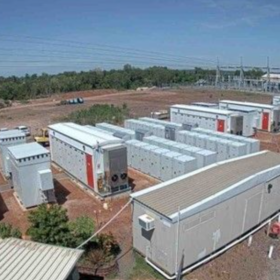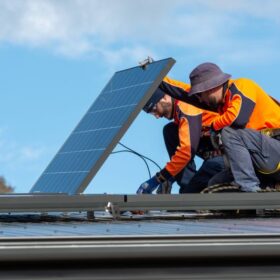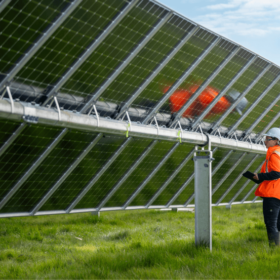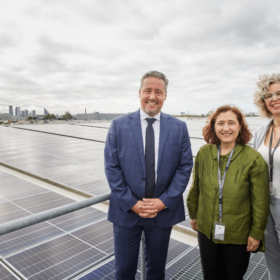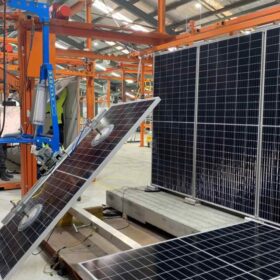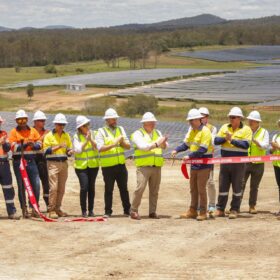NT plans second big battery for Darwin-Katherine electricity system
The Northern Territory government has announced plans to deploy a second large-scale battery energy storage system to allow more renewable power into the Darwin-Katherine electricity system and boost the reliability of the grid.
Remote community microgrids reach design and build stage
The Queensland government has announced plans to deliver the key infrastructure and support microgrid feasibility studies in five remote townships as it seeks to promote energy sovereignty for communities on the edge of the electricity grid.
New body appointed to oversee solar installer accreditation scheme
The Clean Energy Regulator has announced that the newly launched Solar Accreditation Australia is the new accreditation scheme operator for the nation’s solar workforce – more than 9,000 installers and designers.
Glenrowan Solar Farm reaches full capacity in quick time
Less than 12 months after construction began in northern Victoria and the 102 MW Glenrowan Solar Farm has been completed and commissioned and is now operating at full unconstrained capacity.
Net metering move puts Indonesia’s 3.6 GW rooftop solar goal at risk
The Indonesian government has ended net metering for rooftop solar installations. The Jakarta-based Institute for Essential Services Reform says this could make it harder for the country to meet its solar deployment targets, as PV installations will become more expensive for households and small businesses.
South Australia ramps up net 100% renewables target
The South Australian government has accelerated its net 100% renewables deadline from 2030 to 2027, declaring the target is achievable due to the state’s new wind and solar developments and investment in green hydrogen.
Equinix unveils 1 MW rooftop system at Melbourne data centre
With assistance from a Victorian government energy efficiency initiative, United States-headquartered digital infrastructure company Equinix has installed a 1 MW rooftop solar system atop one of its Melbourne data centres as it continues to build upon its broader clean energy program.
Spain announces $1.24 billion incentive scheme for clean-tech manufacturing
Spain’s government has submitted a new incentive scheme to a public consultation. It is designed to support the development of a clean-tech supply chain in the country, including the production of batteries.
NSW announces $275 million in green manufacturing grants
The New South Wales government has launched a $275 million initiative to stimulate local production and manufacturing of renewable energy generation, storage and transmission components as it seeks to deliver on the state’s clean energy ambitions.
Weekend Read: Mind the skills gap
Around 800,000 new workers will be required in Europe by 2025 for the battery industry alone and, more broadly, existing workers will need to be retrained as the continent’s industries transition away from fossil fuels. International competition for workers is becoming increasingly fierce. Where are these workers and the required skills supposed to come from?
